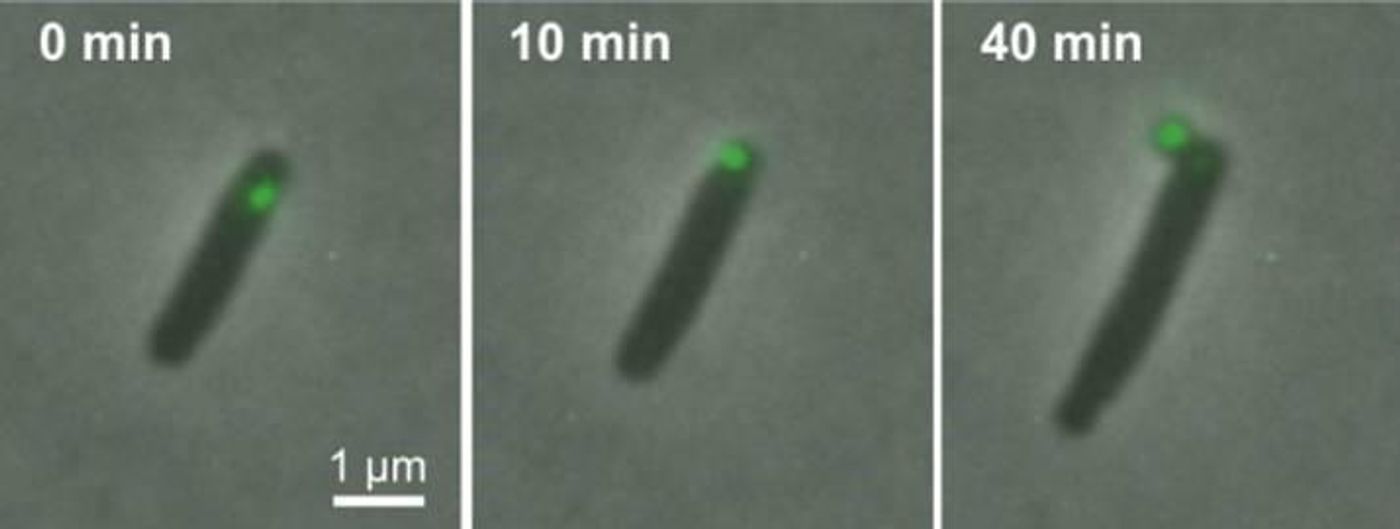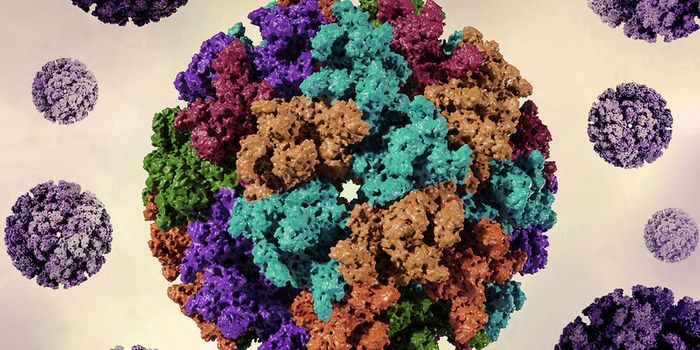How Bacterial Cells Take out the Trash
Some types of bacteria create tiny versions of themselves that cannot reproduce - miniature spheres lacking chromosomal DNA that are known as minicells. They can be up one-fifth of the size of a microbe, but it was not known why bacteria would make these structures, until now. Researchers at the University of California San Diego found that these minicells are used by bacteria to dispose of unnecessary material, which is a critical process for the cell's survival. Their findings have been reported in the journal mSphere.
"It's amazing that even bacteria take out their garbage," said the first author of the report, Camilla Rang, a research specialist in Professor Lin Chao's laboratory in the Division of Biological Sciences. "We have shown that minicells can be beneficial for the bacteria and help them escape death by kicking out the damaged proteins."
Minicells protrude from microbial cells, and the Escherichia coli bacterium uses them to bundle damaged proteins that are collected from inside the bacterial cell.
To learn more about how the minicells are connected to bacterial cell health, the scientists used fluorescent tags to highlight and visualize proteins as they moved through the E. coli cell. When the bacterium was exposed to an antibiotic, streptomycin, the researchers were able to track damaged proteins as they moved to the ends of the cell, were packed into a minicell and moved out of the microbe.
These minicells, suggested the researchers, may enable bacteria to survive or persist when they are challenged by antibiotics.
There has been significant research interest in minicells because they have a lot of potential as a drug delivery system that can be targeted to certain places. Such strategies are often employed in cancer therapeutics, which work more efficiently when they target only cancerous cells. They can be used to send treatments exactly where they’re needed.
In the video above from the Chao lab, cells that use the minicell system are able to survive when exposed to an antibiotic, while cells lacking minicells don't make it.
Sources: AAAS/Eurekalert! via UCSD, mSphere










